The Future of Autoflowers Started Yesterday, By Dutch Passion
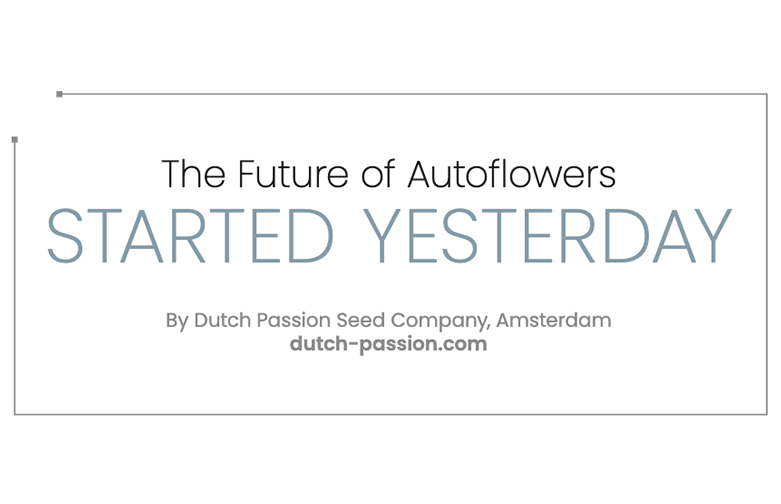
Mahmoud Hanachi is Head of Genetics at Dutch Passion and a fully qualified plant geneticist.
Interview with Mahmoud Hanachi, Dutch Passion Head of Genetics
As well as spending a great deal of time with the world’s best breeders and advising licensed growers, Mahmoud spends much of his working life searching for elite genetics, working long days in the Tissue Culture Laboratory and creating new strains.
This work has allowed Dutch Passion to be first to market with seeds rich in CBG, CBDV and THCV. The intensive use of science and technology has also allowed Dutch Passion to achieve 25%+ THC levels on several autoflower strains. Weed World interviewed Mahmoud asking for the inside story on all things autoflower.
WW: How do you look at the recent achievements performed by your autoflowering cannabis seed varieties (lab test results + cannabis cups)?
MH: Autoflower strains use much the same genetics as photoperiod feminised strains, so it makes sense to believe that the results can be every bit as good as traditional photoperiod varieties. Seeing autoflower strains such as Auto Cinderella Jack and Auto Skywalker Haze regularly exceed 25% THC may not have been expected by everyone, but we always thought it was possible. You need a lot of patience. These days you also need professional lab support and the ability to blend genetic science with old-school know-how. But I am very satisfied with the results so far. The lab results and cannabis cups are conformation that our approach works well and rewards our customers with the best seeds they can get.
WW: Dutch Passion is a pioneer in the autoflowering cannabis seed genetics. What made the company take the challenge?
MH: Ever since Dutch Passion introduced the first feminised seeds in the 1990’s we have always been proud to stand on the leading edge of cannabis seed research. Initially first generation autoflowers were not that good, medium potency and average yields at best. But Dutch Passion were fascinated by the ability of autos to bloom under 18-24 hours of daily light and suspected that this could be used to make cannabis cultivation easier, faster, and more convenient. Feminised cannabis seeds made weed growing more convenient for the average grower. Autoflower seeds allowed the ease and convenience of cannabis cultivation to move up to the next level. For us it was a natural step to help pioneer them.
WW: Autoflowers suffered from the comparison with their photoperiod sisters for a long time, especially in terms of yield/potency. How do you prove sceptics wrong?
MH: The independent lab reports are the only proof you need. Dutch Passion use a couple of independent analytical labs to audit the results of our breeding projects. Independent labs are always preferred to your own when seeking impartial guidance. The cost of advanced lab work such as tissue culture and regular cannabinoid lab testing is significant. However, it allows significant time savings in the development of new strains, such as high THC strains, since you can eliminate ineffective breeding lines quickly.
The results are that some of the modern autoflowers have slightly higher cannabinoid levels than their photoperiod sister strains. The ability to bathe under (typically) 20 hours of daily light allows autoflowers to produce heavy yields, fast growth and stunning cannabinoid levels. We have recently seen total cannabinoid levels in Auto Skywalker Haze exceed 30%, this is mostly THC and THCA with smaller levels of other cannabinoids such as CBG. But the high-tech Dutch Passion approach to modern cannabis breeding has also allowed us to produce ultra low THC varieties as well. Specialist varieties such as CBD Charlottes’s Angel and Auto CBD Charlotte’s Angel contain less than 1% THC and around 15% CBD, these have useful medical applications.
WW: Independent lab-testing seems to be a limited practice in the seed production industry. How does it matter for Dutch Passion?
MH: If you’re serious about highly focussed cannabis breeding, elite genetics, and high cannabinoid levels then there is no real alternative. You have to use all the tools available to be the best in the business. That includes lab testing, tissue culture labs, terpene profiling and other research tools.
The main reason that everyone doesn't use this approach is understandable, there is a very high cost associated with it all. Especially when you are at a stage of breeding where several breeding lines all need multiple tests across a large number of individuals.
In Dutch Passion's case we found the main benefits of lab testing is the ability to instantly identify the precise cultivars to work with and which lines to dispose of. Without the benefits of modern science, it would be impossible to refine the genetics as effectively and as quickly. Creating strains rich in new, rare, cannabinoids would be impossible without high-tech tools. But yes, the costs are high and that deters many.
WW: For those who are not familiar with it, can you explain to us how to read these lab test results and how a seed company uses these results to improve its genetics?
MH: Normally you’re looking to identify the heavy yielding plants which also have the highest cannabinoid levels. Often, but not always, maximising THC is the goal. But the terpene profile needs to be good along with generous yields in order to create a popular strain. But it’s about so much more than just THC. Experienced smoke test teams give ‘real world’ feedback just as they always did. Many of the more recent breeding projects have been explicitly searching for rare individual plants with unusual cannabinoid profiles.
WW: So your end goal is not all about reaching the highest cannabinoid levels and THC in particular?
MH: Sometimes it is! Many/most recreational users love the powerful effects from THC, especially when there is an array of minor cannabinoids and terpenes enhancing the effect and the subsequent enjoyability/satisfaction. Most connoisseurs would say that high-THC strains are far better when they have a good terpene profile, are uncomplicated to grow and with generous yields.
Many licensed professional growers also want genetics rich in cannabinoids other than THC for new potential pharmaceutical applications. Cannabis genetics is a complicated area, right now it’s moving faster than at any other time.
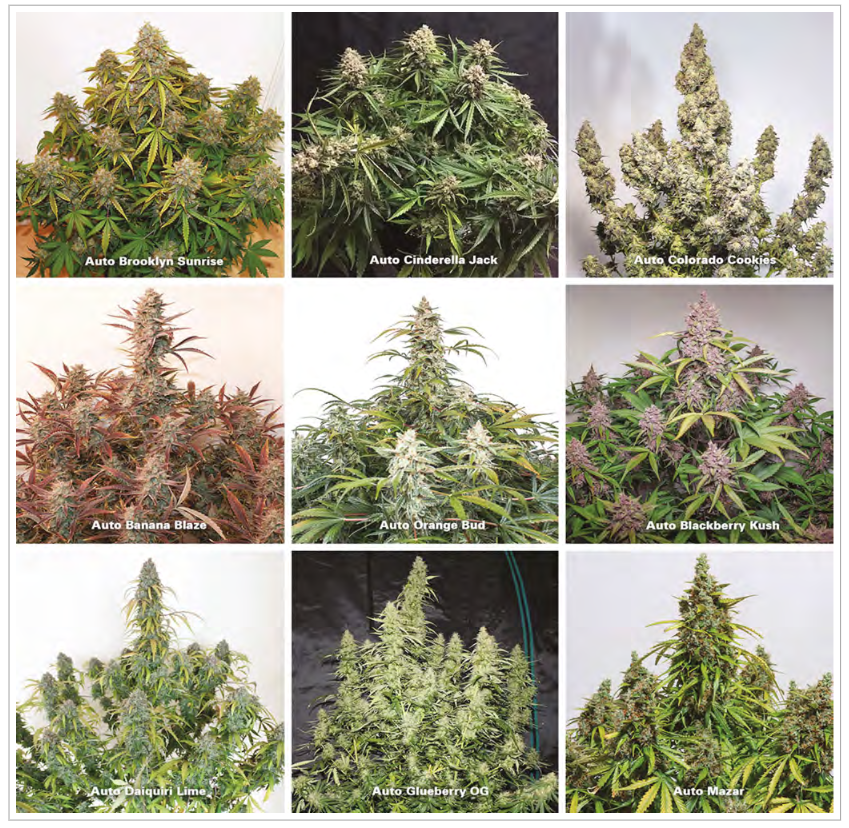
WW: Talking about genetics. What does your own experience breeding autoflowers look like?
MH: We’ve been involved with autoflower breeding since the beginning. Our early work with The Joint Doctor has been augmented with everything we have learned subsequently and backed up by an ever-improving gene pool. It’s been great seeing autoflowers improve to the point where we are seeing regular 25%+ THC levels. It all adds up to increased satisfaction for our customers!
WW: What are the main challenges faced by a seed company to create and/or improve a given autoflower strain?
MH: You can’t create the best strains by accident. Starting with the finest quality foundation genetics is absolutely essential. Improving the quality and consistency through each generation is vital. That’s where the lab support is critical, especially when you’re supplying seeds to high profile commercial licensed growers.
When you have fine-tuned your genetics to the max, you need to be geared up for large scale seed production. The whole process presents challenges at each stage if we’re honest. The seed business has never been as demanding or as high tech as it is today.
Working with a plant that is still illegal also creates difficulties at times. If we could switch from an ‘underground’ working environment to a legal, controlled environment it would make our lives a lot easier.
WW: What are the key tips and recommendations you can give to someone who’s about to start an autoflower grow from seeds for the very first time?
MH: Air pots and felt sacks offer an aerated grow medium for roots to thrive in, we highly recommend them. Using LED grow lights is now a must for any serious grower. LED has never been more affordable, and it will allow optimised results, cannabinoid content and terpene profile.
WW: On the other hand, what are the most common mistakes to avoid when growing autoflowers from seeds?
MH: Overwatering and overfeeding remain perhaps two of the more common mistakes. Less experienced growers often get good results planting the seeds in their final grow containers, allowing them to avoid the potential pitfalls of re-potting. Do your seed research carefully and aim for the best genetics you can get. Starting with the cheapest autoflower seeds may not always be the best starting point.
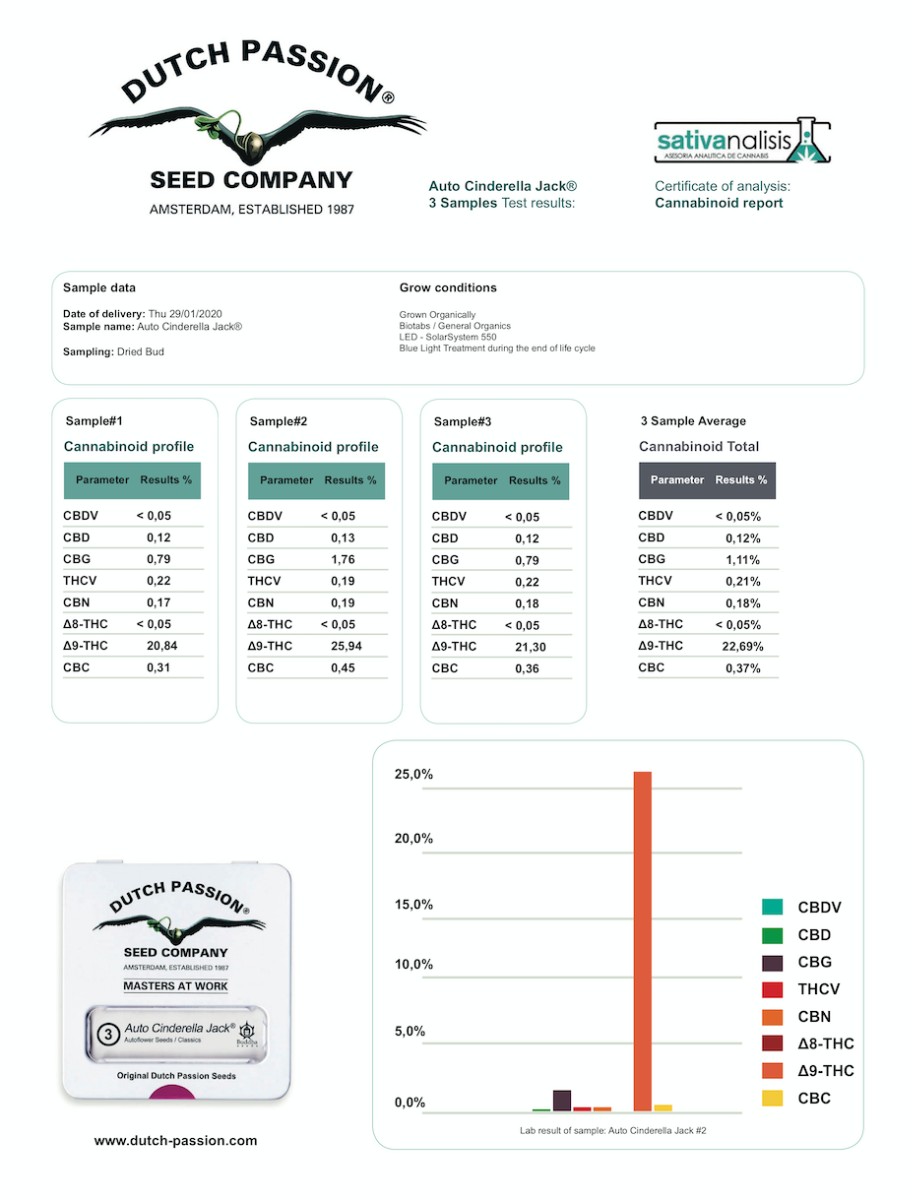
WW: What are the most critical selection criteria for autoflower growers to consider before buying seeds from a given autoflower strain?
MH: A few cannabis cups are a sure sign your seed supplier takes the work seriously! Likewise independent lab reports are the most open and transparent way to show your customers what to expect in terms of real-world results. Remember there are still plenty of the less-professional seed companies who continue to sell medium and low-quality genetics. Even the world’s best grower can’t get connoisseur results from random low-end seeds.
WW: As we are entering a modern era of autoflowers, what can we expect for the future?
MH: Expect more strains rich in unusual cannabinoids and interesting combinations. Work is also ongoing to create some strains with exceptional terpene levels. The best breeders will also continue to produce some extremely potent THC rich strains which will easily rival the best photoperiod feminised strains. Watch this space, the future of autoflowers started yesterday!
Keep the conversation going on Instagram and follow @mahmoud_dutchpassion and @dutchpassion.official for more info about Dutch Passion Seed Company.
Written and Published by Dutch Passion in Weed World Magazine issue 155







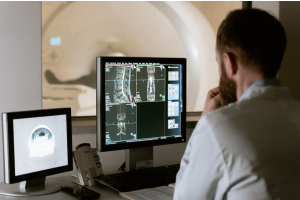
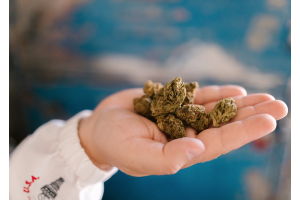
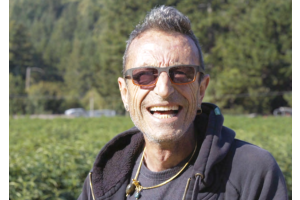


Validate your login